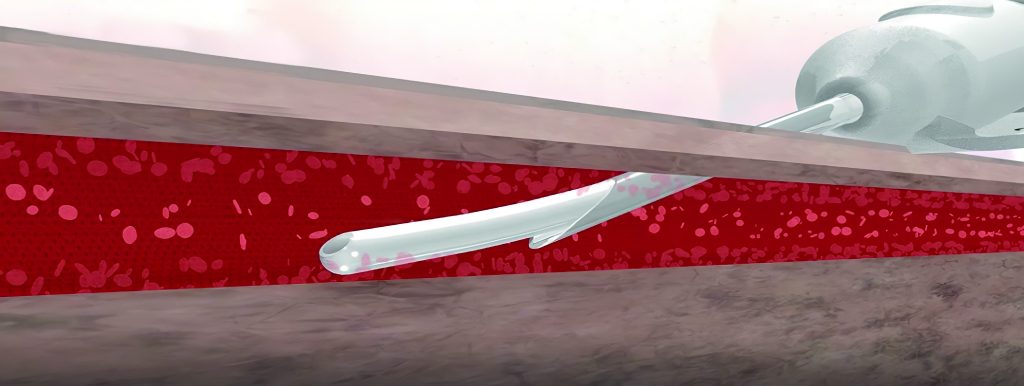A more comprehensive approach to the assessment and reporting of all hospital-onset bacteremia was a major topic at this year’s Association for Vascular Access Scientific Meeting. We learned from Michelle DeVries, MPH, CIC, VA-BC lecture “Beyond CLABSI; Considering Hospital Onset Bacteremia,” that current literature supports moving beyond just CLABSI to more robust surveillance that includes peripheral intravenous catheters (PIVCs), and there are, in fact, practical tools for vascular access specialists to implement in their own institutions.
Vineet Chopra, MD, MSc, in his lecture “Assessing Products for Infection Prevention: An Overview of the Center for Disease Controls New Approach”, informed us of the CDCs new data-driven approach to evaluating products for the prevention of hospital-acquired infections. He stated this approach may serve as a template for industry, clinicians, and administrators as they evaluate new products for the reduction of hospital-onset bacteremia.
When asked “Is mandated PIV-related sepsis reporting coming in the near future?” Dr. Chopra responded, “Ha!.. the million-dollar question.”
He is profoundly correct. Hospital-onset bacteremia is a “million-dollar” (if not billion-dollar) problem in healthcare. Comprehensive reporting and a proper evaluation process of potentially beneficial products may be the answer.
Michael Anstett, RN, VA-BC – Chief Clinical Officer – SkyDance Vascular, Inc.










